The oxidation states of the substrate change in a chemical reaction known as redox (reduction-oxidation). An increase in the oxidation state or an electron loss is referred to as oxidation, and an electron gain or an electron decrease is referred to as reduction. Redox processes fall into two categories, During an electron transfer, only one electron (typically) moves from the reducing agent to the oxidant. Electrode potentials and redox couples are frequently used to describe this type of redox reaction. An atom moves from one substrate to another through the process of "atom transfer." As an illustration, during the rusting of iron, the oxidation state of the iron atoms increases as it transforms into an oxide, while the oxidation state of oxygen decreases as oxygen accepts the electrons released by iron. Although even though oxidation reactions are frequently linked to the production of oxides, other chemical species can fulfil the same purpose. Transfer of hydrogen atoms reduces C=C (and other) bonds during hydrogenation. Combining the words "reduction" and "oxidation," "redox" is a term. In 1928, the word "redox" made its debut. Oxidation and reduction are interdependent processes that must take place together. The reductant transfers electrons to the oxidant during redox reactions. As a result, in the reaction, the reducing agent (reductant) loses electrons and becomes oxidized, while the oxidising agent (oxidizing agent) gains electrons and becomes reduced. A redox pair is a pair of oxidising and reducing agents that participates in a specific reaction.
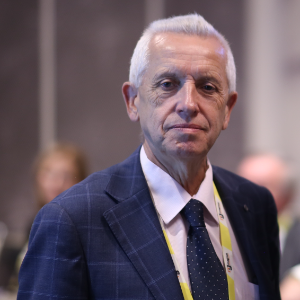
Stanislaw Dzwigaj
Sorbonne University, France
Dai Yeun Jeong
Asia Climate Change Education Center, Korea, Republic of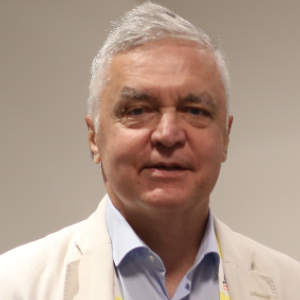
Sergey Suchkov
N.D. Zelinskii Institute for Organic Chemistry of the Russian Academy of Sciences, Russian Federation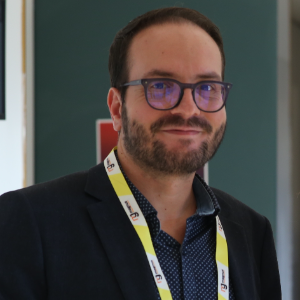
Enrico Paris
CREA-IT & DIAEE, Italy
Rabeharitsara Andry Tahina
GPCI-ESPA Antananarivo University, Madagascar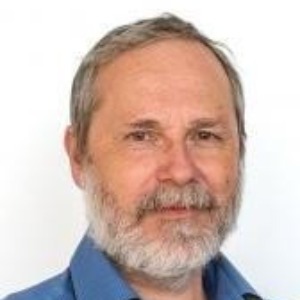
Jiri Dedecek
J Heyrovsky Institute of Physical Chemistry , Czech Republic
Uday Som
Research and Development Engineer, Japan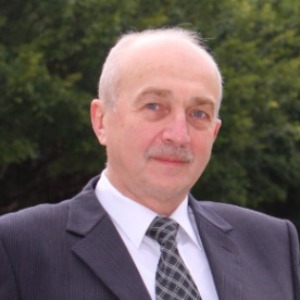
Vladimir G Chigrinov
Hong Kong University of Science and Technology, Russian Federation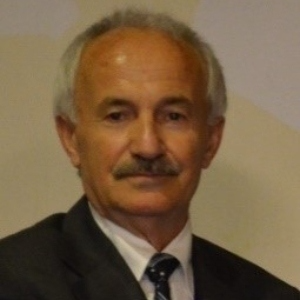



Title : Distant binuclear vanadium V(II) cationic sites in zeolites and their reactivity
Jiri Dedecek, J Heyrovsky Institute of Physical Chemistry , Czech Republic
Title : Advanced nanostructures for carbon neutrality and sustainable H₂ energy
Tokeer Ahmad, Jamia Millia Islamia, India
Title : Personalized and Precision Medicine (PPM) as a unique healthcare model via bi-odesign, bio- and chemical engineering, translational applications, and upgraded business modeling to secure the human healthcare and biosafety
Sergey Suchkov, N.D. Zelinskii Institute for Organic Chemistry of the Russian Academy of Sciences, Russian Federation
Title : Antibody-proteases as a generation of unique biomarkers, biocatalysts, potential targets and translational tools towards nanodesign-driven biochemical engineering and precision medical practice
Sergey Suchkov, N.D. Zelinskii Institute for Organic Chemistry of the Russian Academy of Sciences, Russian Federation
Title : Dimethyl ether synthesis from syngas over Cu-Zn/Al2O3 catalysts prepared using the Sol-Gel method
Uday Som, Research and Development Engineer, Japan
Title : Influence of various catalysts on H₂ enhancement and CO2 capture during syngas upgrading
Enrico Paris, CREA-IT & DIAEE, Italy
Title : Photoaligned azodye nanolayers : New nanotechnology for liquid crystal devices
Vladimir G Chigrinov, Hong Kong University of Science and Technology, Russian Federation
Title : Application of vanadium, tantalum and chromium single-site zeolite catalysts in catalysis
Stanislaw Dzwigaj, Sorbonne University, France
Title : Advances in heterogeneous catalysis for green conversion of propene to aldehydes and alcohols
Ram Sambhar Shukla, CSIR-Central Salt and Marine Chemicals Research Institute (CSMCRI), India
Title : Oxidation of methane to methanol over pairs of transition metal ions stabilized in the zeolite matrices
Jiri Dedecek, J Heyrovsky Institute of Physical Chemistry , Czech Republic